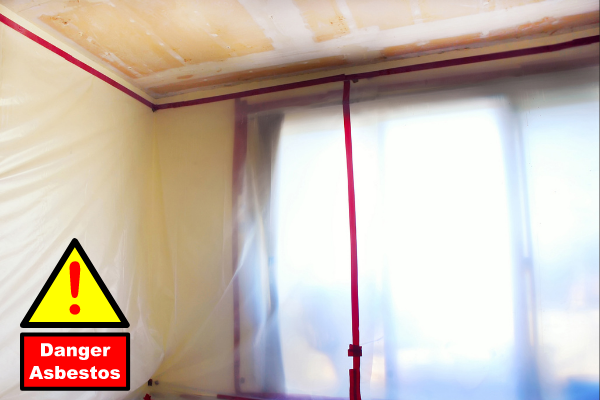What Potential Homebuyers Need To Know About Buying Their First Homes
 It is exciting to purchase a house for the first time, but this is also a major financial decision. Therefore, potential homebuyers need to make sure they are prepared. What do potential homeowners need to know about purchasing a home for the first time? Learn more about this process below.
It is exciting to purchase a house for the first time, but this is also a major financial decision. Therefore, potential homebuyers need to make sure they are prepared. What do potential homeowners need to know about purchasing a home for the first time? Learn more about this process below.
Ask For Help From A Real Estate Agent
First-time home buyers always need to ask for help from a real estate agent. A real estate agent can help someone identify potential issues with a home that might have otherwise been overlooked. A real estate agent can also make sure potential home buyers do not overpay for a home.
Always Get A Pre-Approval Letter
Potential home buyers also need to get a pre-approval letter from a lender. This is a letter stating that a potential home buyer has been approved for a specific loan amount for that specific property. A pre-approval letter will help someone’s offer appear more competitive, particularly if they are going up against a cash offer. This makes the seller more confident that the offer is not going to fall through on financing.
Do Not Skip The Inspection
Some home buyers are tempted to skip the inspection because this costs more money. It is critical to get a home inspection done so that everyone is aware of the potential issues with the home. If there is a major repair identified, potential home buyers may ask to have this repaired before purchasing the home.
Pay Down Other Debt
First-time homebuyers need to pay down as much of their debt as possible before applying for a home loan. This could make it easier to receive financing, and potential homeowners might receive a lower interest rate. Examples of other forms of debt include credit card debt, student loans, and car loans.
Get The Money In Order
Of course, potential homeowners need to make sure they arrange their money prior to closing, but it is also important to get a down payment put together before looking for a home. Many sellers will ask for proof of funds before accepting an offer. Arranging funds prior to the search process can make this much smoother. This can also help first-time homebuyers compete with cash offers.

 Houses across the country come in all shapes and sizes. Some of them are older than others, so they might come with aspects that are a bit outdated. Unfortunately, there are a lot of locations where older homes might still have asbestos in them. While this should be something that comes up on the inspection, buyers need to be aware of these serious issues. If the home was built before 1980, there is a major chance that the building might have asbestos in it. Fortunately, there are alternatives to this type of insulation.
Houses across the country come in all shapes and sizes. Some of them are older than others, so they might come with aspects that are a bit outdated. Unfortunately, there are a lot of locations where older homes might still have asbestos in them. While this should be something that comes up on the inspection, buyers need to be aware of these serious issues. If the home was built before 1980, there is a major chance that the building might have asbestos in it. Fortunately, there are alternatives to this type of insulation. In the current economy, there are a lot of millennials who are thinking about buying a home; however, the price of homes is rising quickly. It can be challenging for millennials to save the money they need to buy a home. When this is combined with other monthly expenses they have, millennials might be financially unprepared to buy a home.
In the current economy, there are a lot of millennials who are thinking about buying a home; however, the price of homes is rising quickly. It can be challenging for millennials to save the money they need to buy a home. When this is combined with other monthly expenses they have, millennials might be financially unprepared to buy a home.